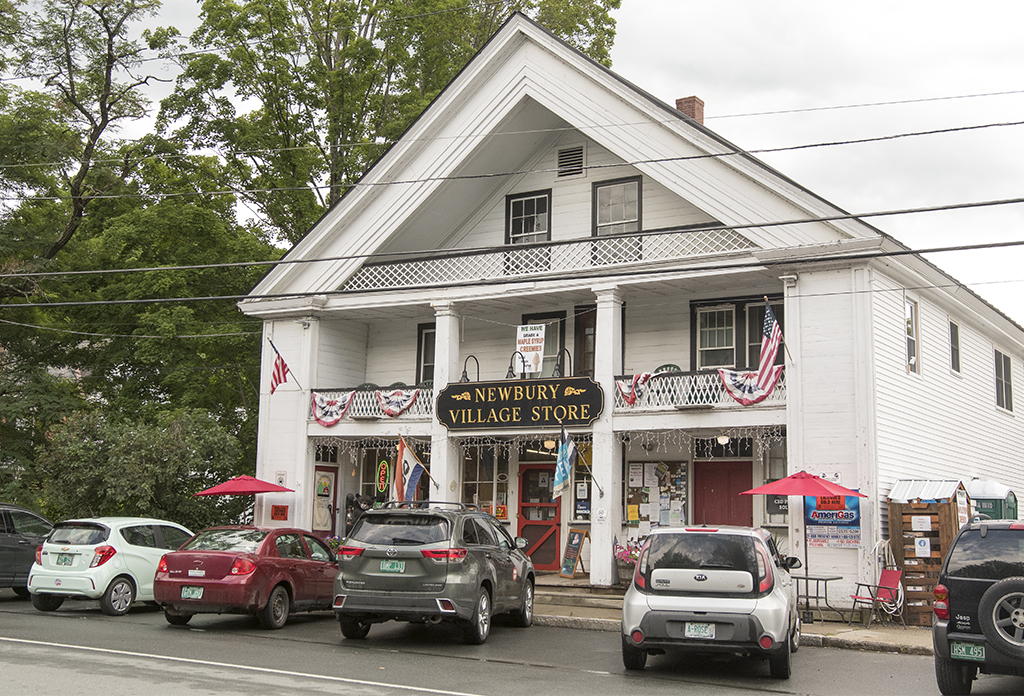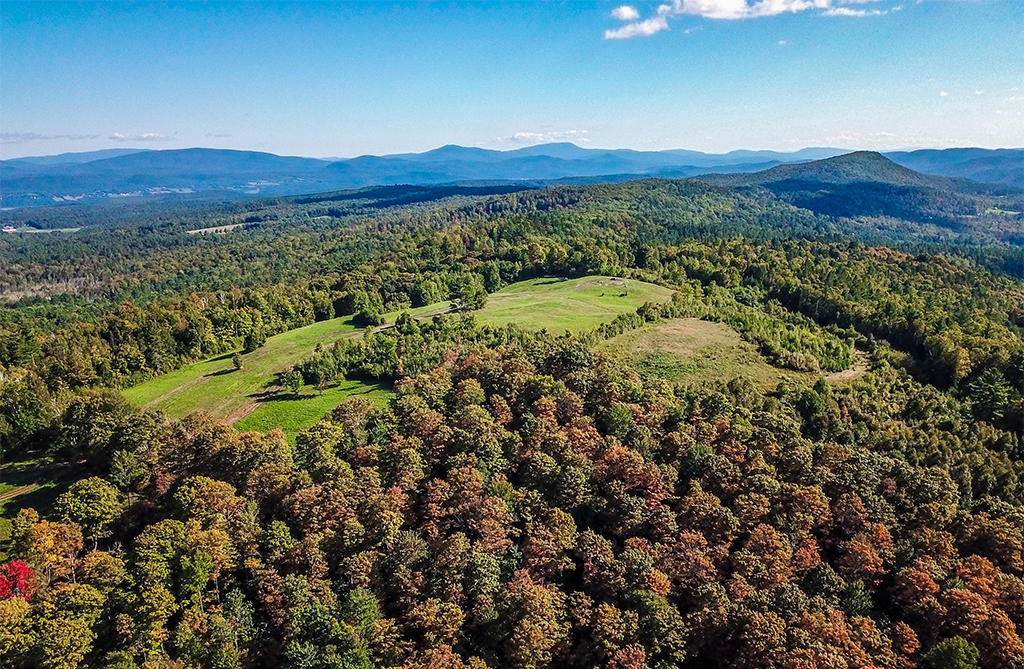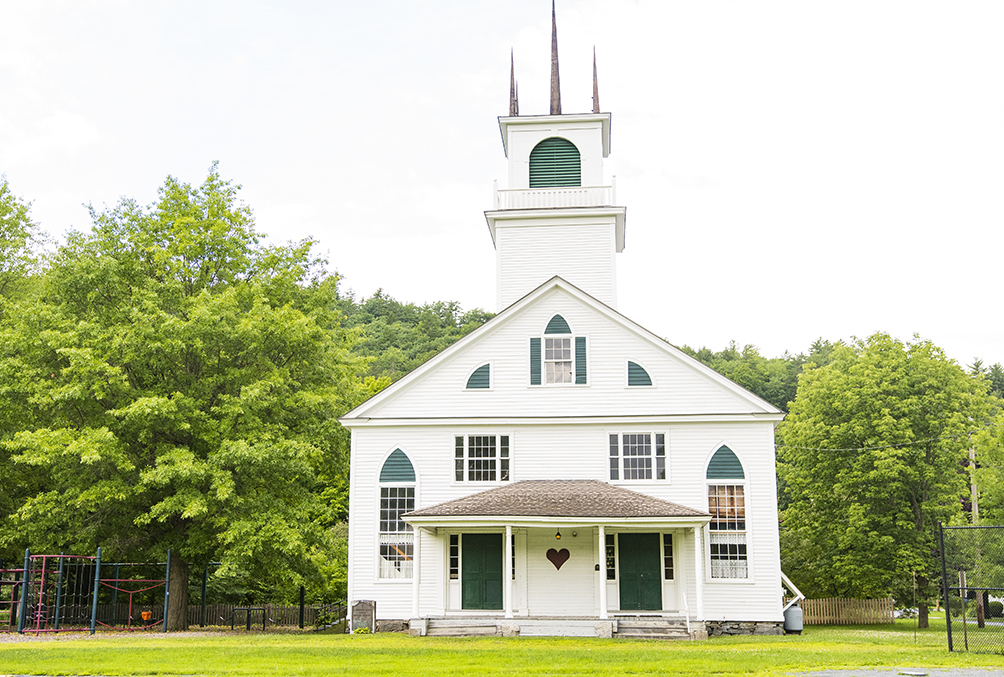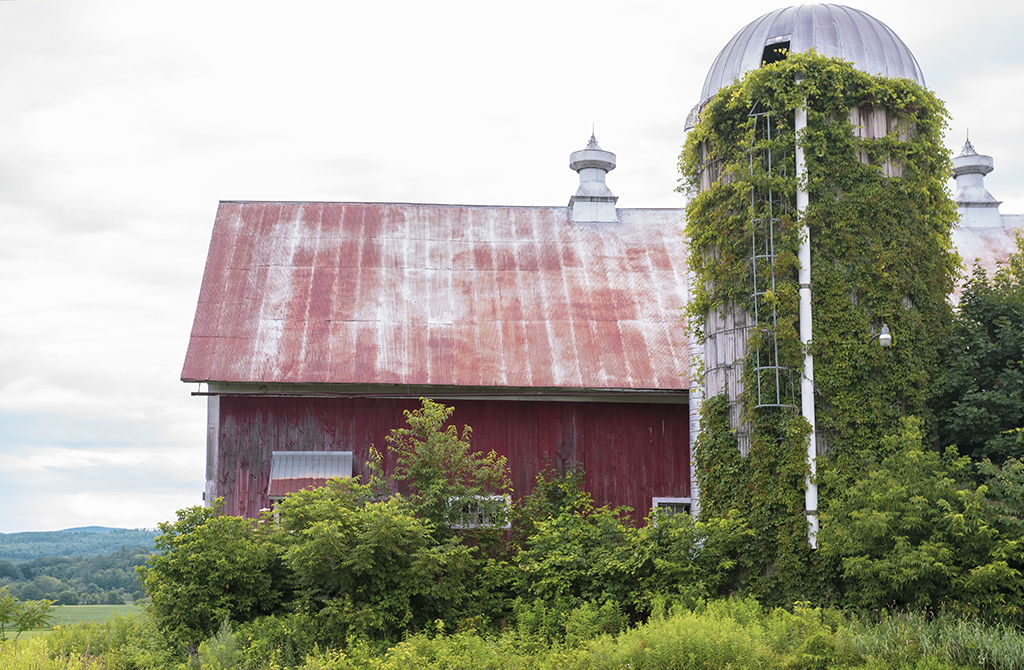
6 Things to Know about Historic Newbury
July 27, 2020
Newbury is not the oldest town in Vermont, but its historic charm is undeniable.
Located in Orange County in northeastern Vermont along the Connecticut River, Newbury is one of those classic New England towns with beautifully maintained old homes, a general store on Main Street, and a town green in the heart of its historic village. If you’re looking to explore a new place in Vermont—and if you’re interested in history—put Newbury on your list. Here are six interesting things to know when visiting Newbury Vermont.

The Newbury Village Store building on Main Street was built in 1880.
The Newbury Village Store didn’t start in 1880, but the building has housed several businesses over the years. The Newbury Village Store sells groceries, deli sandwiches, desserts, local products, and more. You can also order ice cream in the building next door. Located on Route 5 just across from the town clerk’s office and the town green, the store also features the Thistle Café, which tucked away in the back. The café is currently closed, but you can enjoy food from the deli or ice cream shop and sit outside in the store’s dreamy backyard with gorgeous views to the east.
Getting there: The Newbury Village Store is located at 4991 Main Street. Call 802-866-5681 or follow the store on Facebook.
Newbury was the site of a Native American village.
French maps of 1713 and 1715 show an abandoned native village in the area. “Kowasek” is a well-known Western Abenaki village identified by historic and ethno-historic sources as being located near Newbury and Haverhill, N.H. The Abenaki place-name “Kowasek” (Coos, Cowas, Cohas, Koes) translates as “at the place of the White Pines.” The Cowasuck Abenakis are known in northern Vermont for their hybrid corn seed grown here. When the first colonial settlers came up the Connecticut River to the Newbury area, they were given corn seeds from the Cowasucks living there. Today, the corn isn’t for sale at the supermarket and not available in catalogs. The few gardeners who grow it depend on saving their own seeds to continue a line that has been growing here for the past 1,000 years.

Newbury is home to one of the newest town forests in Vermont.
Tucker Mountain Town Forest was established in 2018 and offers public access for hiking, snowshoeing, horseback riding, mountain biking, hunting, snowmobile riding, and more. The top of the mountain was cleared in 1808, creating a beautiful 360-degree view that remains today. For nearly 150 years, farmers grazed cattle and sheep in the top meadows and lower areas of the mountain. Cellar holes and stone walls can be found, and an old private cemetery lies just beyond the eastern boundary. The forest is a beautiful place to get outside and soak up scenic views.
Getting there: From Route 5 in Newbury Village, follow south and take a right on Snake Road. Follow to Tucker Mountain Road. A parking area is on the right. Visit tuckertownforest.org for more information or follow Tucker Mountain Town Forest on Facebook. (Photo credit: Tucker Mountain Town Forest)
A Revolutionary War general helped establish Newbury.
Governor Benning Wentworth chartered Newbury in 1763 to 75 men, including Jacob Bayley, a Revolutionary War general best known for building the Bayley-Hazen Road, an invasion route to Canada. On Nov. 24, 1775, Hazen presented his plan to General George Washington for a shorter military route to Canada. On Washington’s orders, Bayley began the road in spring of 1776 but it was later abandoned. Traces of the road, most of it unpaved, extend diagonally from Wells River—a village within the town of Newbury—to Montgomery Center. A historic marker commemorating the road is located on Route 5 in Newbury, just north of Oxbow Road.

Newbury Village is listed on the National Register of Historic Places.
The village, which highlights Greek Revival and Federal architecture, is listed on the National Register of Historic Places. At the center of the village is one of the largest commons in Vermont and the site of the elementary school, town hall, and the old Methodist Church.
The church was built in 1829, and in 1833 a seminary was added. Six years later, a group of Boston Methodist circuit ministers chose the site for the Biblical Institute that later became Boston University. The church is now owned and maintained by the Newbury Women’s Club.
Getting there: Newbury Village and the town green are on Route 5 in Newbury.
Newbury’s mineral springs drew travelers as early as 1800.
The promotion of mineral springs for hydrotherapy and consumption as health benefits has a long history in Vermont. Vermont’s springs were spread across the state and popular with vacationers in the late 19th century.
A sulfurous spring was found in Newbury in 1782 by settlers, and a hotel named the Spring Hotel was up and running around 1800. It reportedly included a hidden room with large chests for the concealment of smuggled goods. Another establishment in Newbury was the Montebello House. According to one listing of mineral springs, “From no other point does the White Mountain range present more majestic and impressive views than from Montebello or ‘Beautiful Mountain.’”
While the mineral spring hotels are long gone, Newbury remains a beautiful place to visit with scenic views, outdoor recreation opportunities, loads of history, and plenty of New England charm.
If you visit Newbury: From Interstate 91 north, take Exit 17 and follow Route 5 south through Wells River to Newbury Village. While you’ll save time taking Exit 16 in Bradford, the Wells River route offers a clearer picture of Newbury’s history and scenery.





No Comments